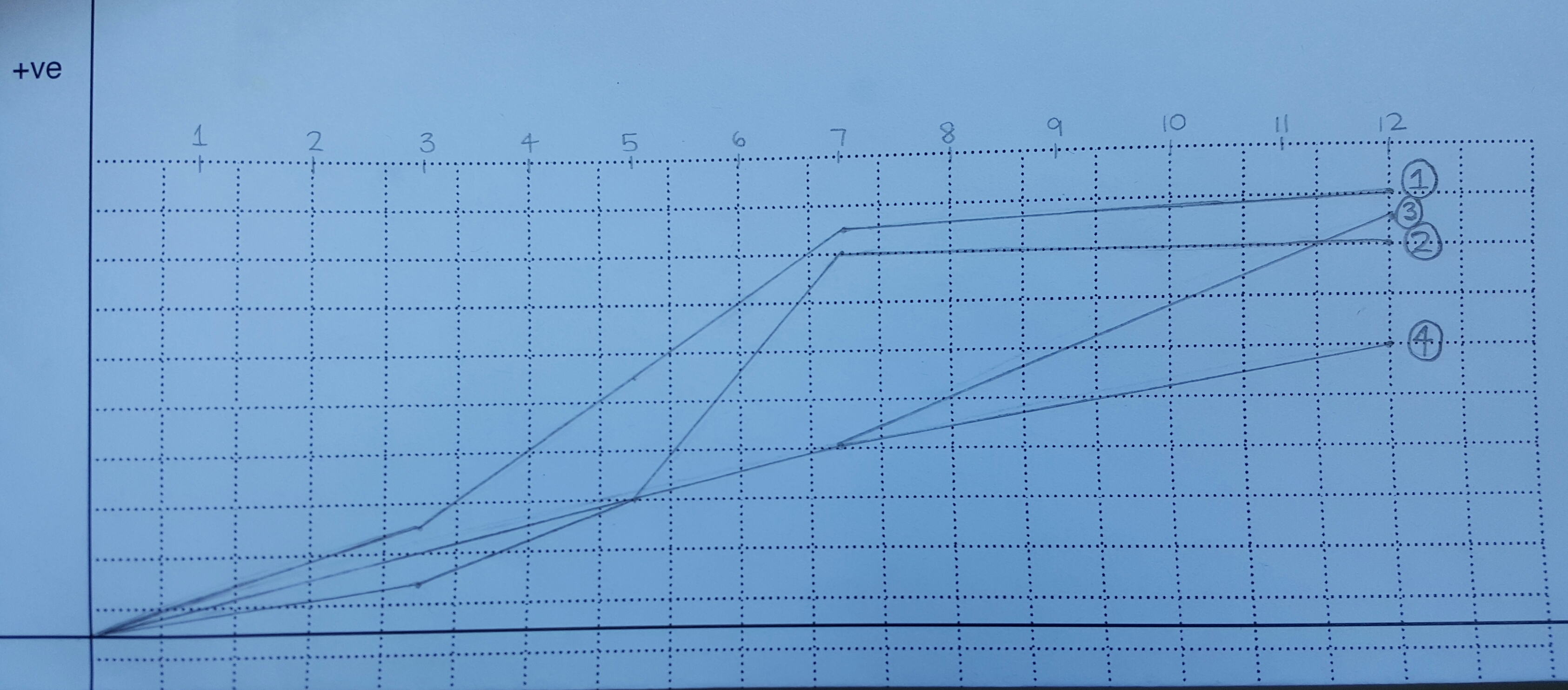Since I started this course, I have been encouraged to think in new ways and make connections between everything I do in class and the outside world. I think that one of the reasons that I have learnt so much this semester is that our learning is highly practical and relevant to the current media climate.
I believe the following blog posts best demonstrate my engagement with the course, both inside and outside the classroom.
This post is a reflection on my first project brief:
http://www.mediafactory.org.au/emma-armstrong/2015/03/27/self-portrait-what-comes-next/
This post marks a turning point in the way I thought about the editing process, sparked by the course reading “Blood in the Gutter”:
http://www.mediafactory.org.au/emma-armstrong/2015/03/23/blood-in-the-gutter/
This post is made up of my notes from a particularly interesting lectorial on “narrative”, presented by Dan. I have also reflected and made comments throughout:
In this post, I brought back the concept of “noticing” from one of our early lectorials, and used it to think about all the things I had noticed, at different levels, as I worked on a performance I was involved in this semester:
http://www.mediafactory.org.au/emma-armstrong/2015/05/16/remembering-to-notice/
Finally, this post is a brief reflection on Vivid Sydney as a new platform for media and design:
http://www.mediafactory.org.au/emma-armstrong/2015/05/30/vivid/
And finally, here is my learning graph, which illustrates my development in…
- Learning about making media objects
- Working independently in unfamiliar ways
- Thinking critically and creatively
- Thinking about the value of the Media blog (all over the course of this semester)
